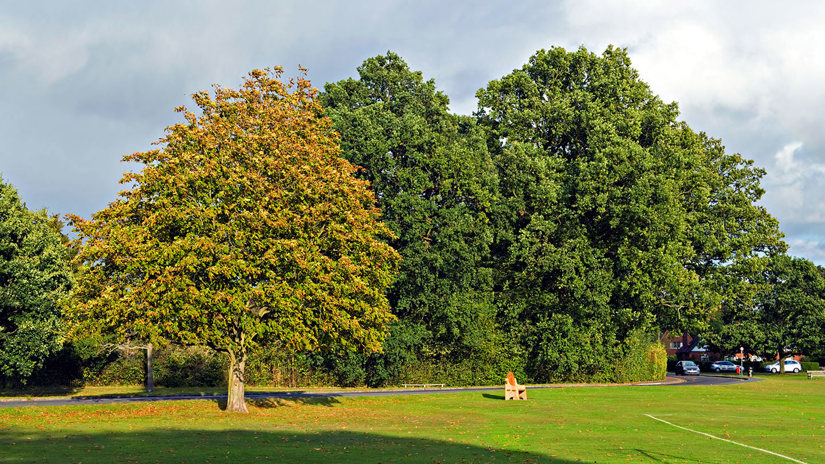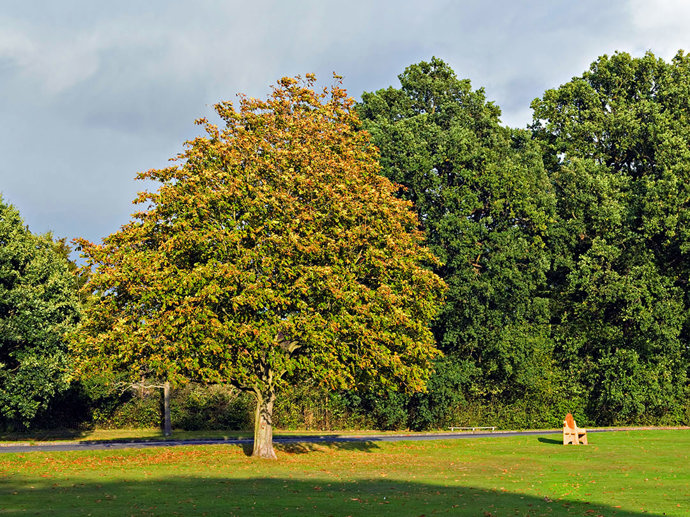Common name: red-necked longhorn beetle
Scientific name: Aromia bungii
What does it affect?: Plum, cherries, damson, quince and apricot
Areas affected so far: not present in the UK
Origin: Asia
The red-necked longhorn beetle is native to eastern Asia and is a serious threat to trees in the genus Prunus like cherries and plums. Its larvae tunnel and feed under the bark and in the wood causing low fruit yield and possible death.
Common name: red-necked longhorn beetle
Scientific name: Aromia bungii
What does it affect?: Plum, cherries, damson, quince and apricot
Areas affected so far: not present in the UK
Origin: Asia
As this beetle spends most of its life as larvae inside the trunk of the tree, there are often no symptoms until the infestation is severe.
Symptoms include:
Adult beetles are black and shiny with a bright red pronotum/thorax (neck). Adults are 20–40 mm long with distinctively long antennae.
Its lifecycle lasts 2-4 years. The larvae are active, feeding in the trees, until late autumn. They overwinter inside the trunk or branches, protected from cold temperatures, and are well adapted to survive in extreme climates. They pupate inside the tree in the spring, and the newly developed adults emerge during summer. Following emergence, the adult beetles mate and feed on mature or rotten fruit and leaves. The lifespan of adults is 47–55 days. It is the larval stages which damage the tree.
This pest is not currently in the UK. It was first found in Europe in 2008 when three adults were intercepted among wooden pallets in a warehouse in the UK. The first report of this species in the wider landscape was in Germany in July 2011 and it is now also present in Italy.
The red-necked longhorn beetle is not currently in the UK. It is native to eastern Asia, including China, Korea, Taiwan and Vietnam. It’s recently been introduced to Japan.
If it does arrive in the UK, the most likely entry is from the live plant trade and in wood packaging material.
Global trade is a risk in the spread of this pest, as it is moved around the world in packaging or on live plants. And as temperatures increase in the future, it may become established in new ranges.
After a few years of successive infestation, the tree will become severely weakened, produce less fruit, and may die.
The only fully effective way of controlling the larvae is to destroy the plant. Insecticides have little effect on the larvae inside the bark.
It is important we look out for the early symptoms because once the adults emerge, the infestation could be heavy.
As well as this work we have:


We are fighting back against pests and diseases. Find out what we're doing to prevent the spread and protect the UK’s trees.
If you think you've spotted the symptoms of this pest report it to the plant health authorities via TreeAlert if you are in Britain, or TreeCheck if you are in Northern Ireland.
More pests and diseases: